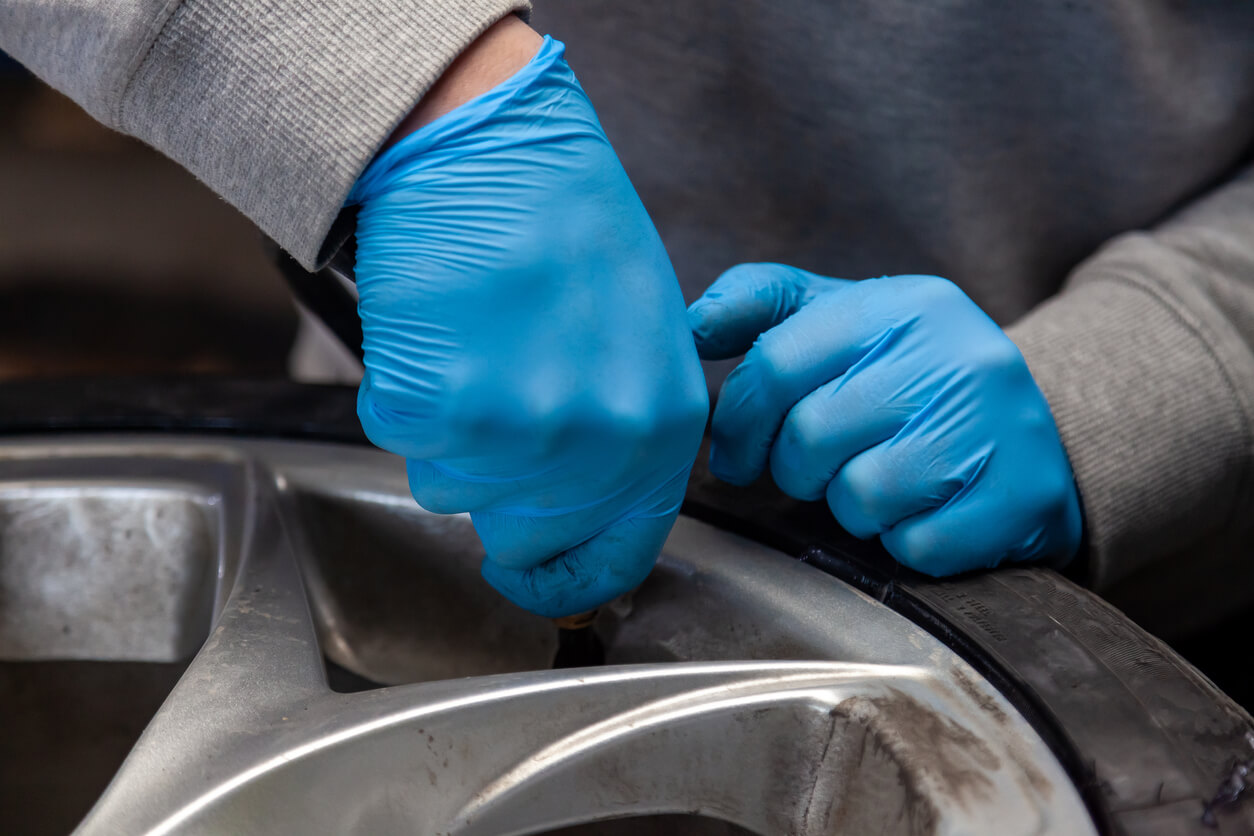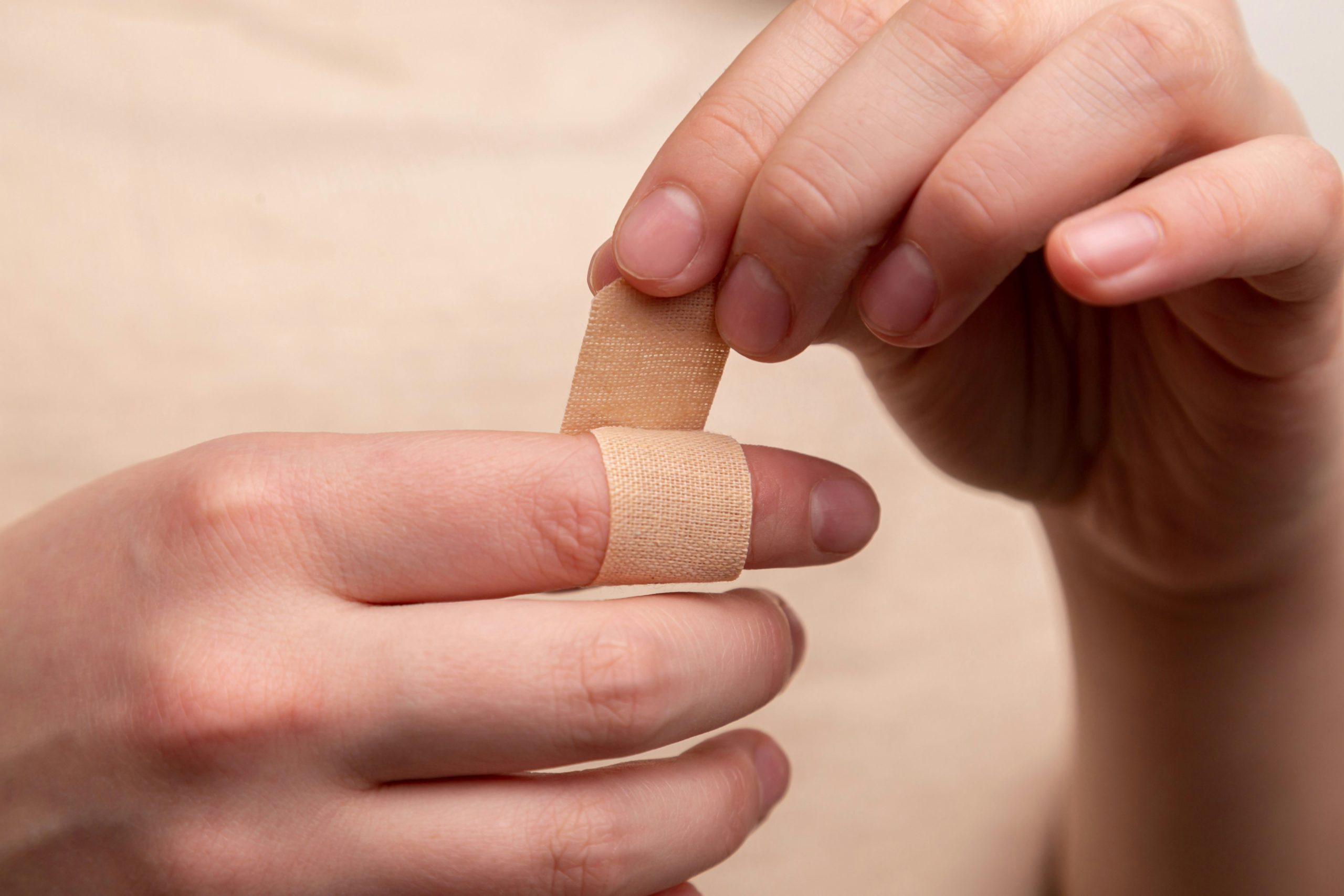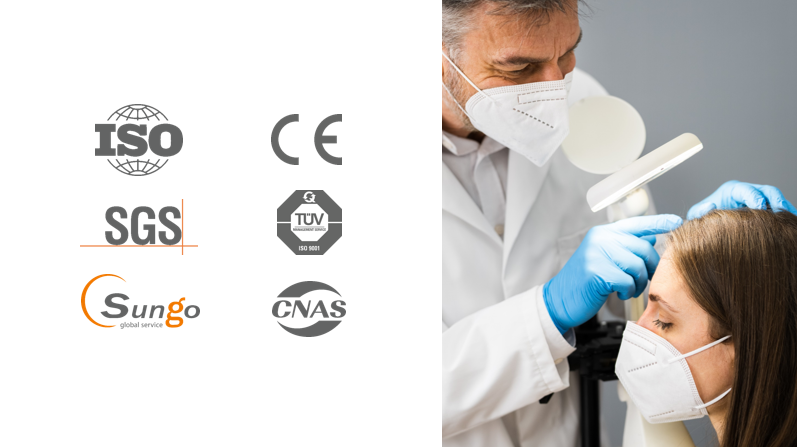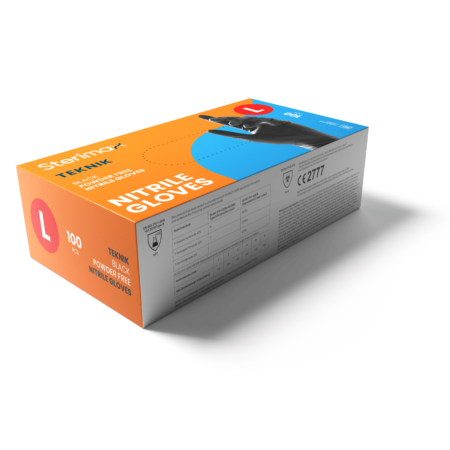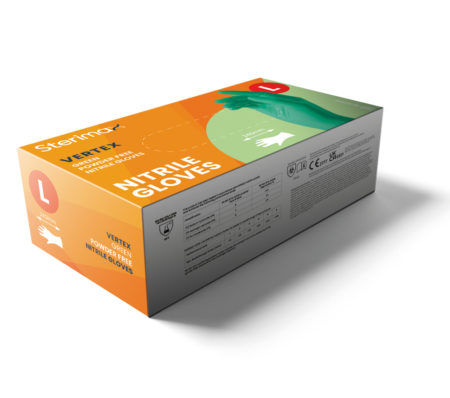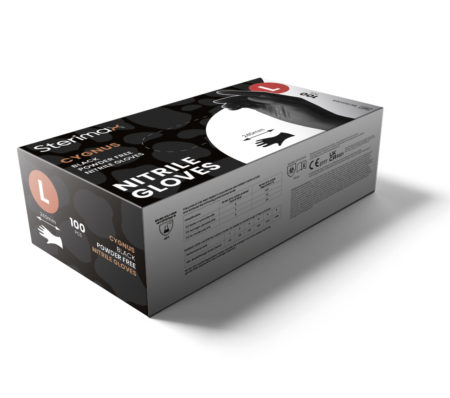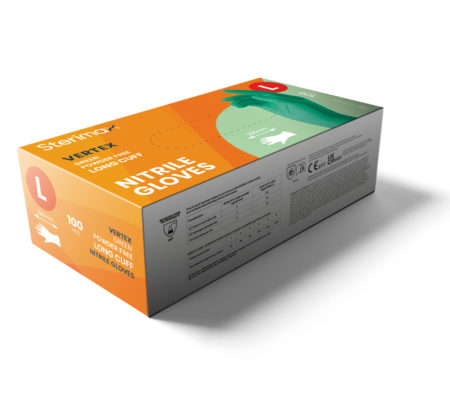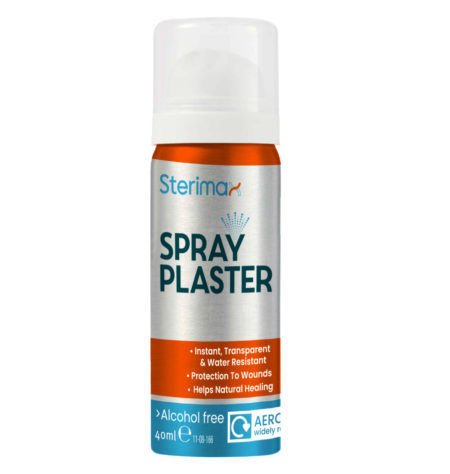When choosing disposable gloves, nitrile and vinyl gloves sometimes overlap, and it can be confusing choosing between them.
The main thing to know is nitrile, and vinyl gloves have different applications. While nitrile gloves are used in scientific and medical environments, vinyl gloves are used in manufacturing, cleaning and other fields less concerned about protection against hazardous chemicals, biohazards and infectious materials.
This article will explore the qualities of both to help you decide when to reach for a pair of nitrile or vinyl gloves.
Nitrile gloves
Nitrile gloves are medical-grade gloves designed specifically for scientific and medical applications as a hypoallergenic alternative to latex.
Nitrile has extreme chemical resistance and high levels of durability, with greater puncture resistance than either latex or vinyl.
These gloves fit your hand tight and somewhat restrict the range of motion in return for great grip and feel through the glove. They protect against biohazards, infectious materials and a wide range of common and hazardous chemicals.
Nitrile glove attributes include:
- Resistance to weak acids
- Resistance to oils and fuels
- Strong
- Abrasion resistance
- Puncture resistance
- Latex-free
- Fully recyclable
- Suitable for sterile environments
Overall, nitrile gloves afford the wearer a high level of protection.
Vinyl gloves
Vinyl gloves are general-purpose gloves for short-term use only, protecting against weak chemicals and preventing cross-contamination.
Vinyl gloves are widely used in the cleaning, beauty and manufacturing industries because they are cheap and offer protection in low-risk environments.
These gloves have a looser fit and enable a greater range of motion. However, we wouldn’t specify vinyl gloves for infectious environments or handling strong chemicals because they are only suitable for low-risk tasks.
Vinyl glove attributes include:
- Flexible
- Loose-fitting
- Tear-resistant
- Inexpensive
- Weak chemical resistance
- Latex-free
- Suitable for short-term use
Overall, vinyl gloves afford the wearer a lower level of protection.
Nitrile gloves vs vinyl gloves – which is best?
As we’ve discussed, nitrile and vinyl gloves have different qualities. However, while vinyl gloves have limited applications, nitrile gloves can do all the things vinyl gloves do and a lot more. So, nitrile gloves are superior overall.
You can substitute vinyl gloves for nitrile gloves in all use cases, but you can’t do the same for nitrile and vinyl. Simply put, nitrile gloves are more useful.
The downside to nitrile gloves is they are more expensive than vinyl gloves, so for low-risk fields, vinyl gloves offer better value for money.
A limitation to vinyl gloves is they are not approved for use with fatty foods, so they can’t be used in many food processing plants. Again, nitrile wins.
Ultimately, your company might like to use both types of gloves; nitrile for high-risk environments and vinyl for low-risk environments.
Using both types of gloves will help you balance costs while ensuring everyone has the protection they need. Just make sure employees are trained to know that vinyl gloves are not a substitute for nitrile gloves in high-risk environments.
Still not sure? Feel free to contact us for advice. We’re here to help.
